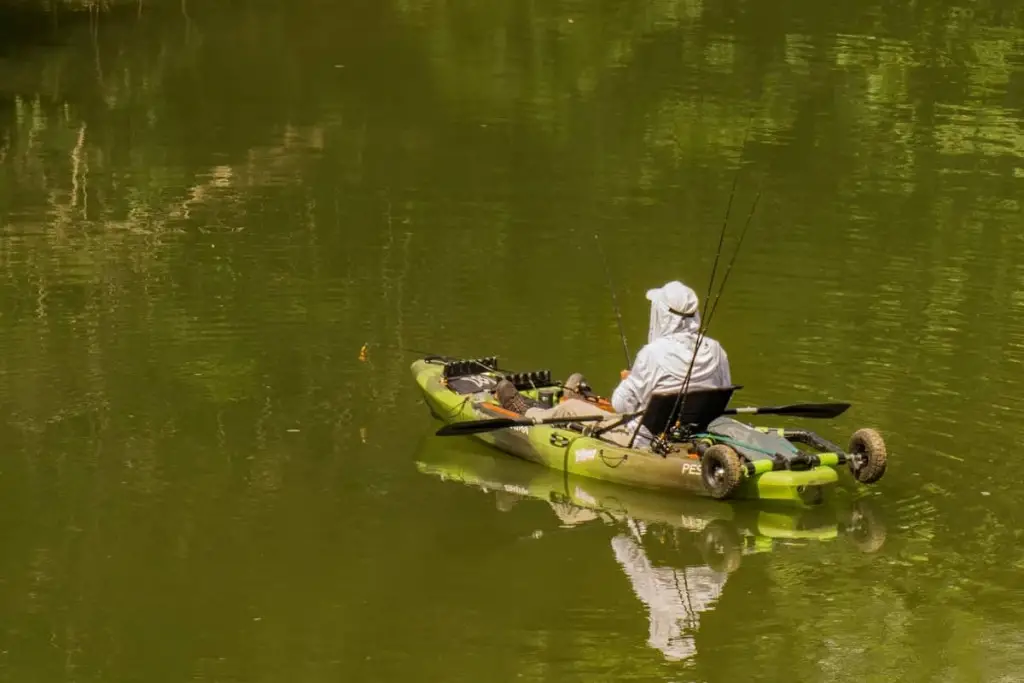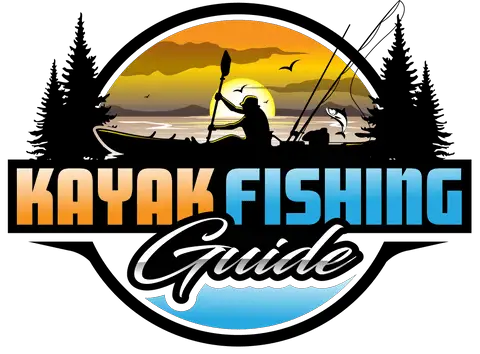
You love water sports, and human-powered boating happens to be one of your favorite modes of transportation and exercise. Maybe you just bought a kayak, and you’re dreaming about all of the cool places you can go in it. Before you get out into the water, though, it’s essential to know the rules regarding kayaking.
In the United States, it is legal to kayak anywhere that the waters are navigable. If the water isn’t too dangerous, and the waterway can be safely traveled by a self-powered boat, then it is suitable for kayaking.
The federal government and supreme court have established that kayaking is legal anywhere. However, there are some exceptions and specific requirements that your kayak must have depending on where you plan to kayak. Keep reading to find out more because this article will tell you about all of the different kayaking regulations you need to know before your next trip.
State Laws About Kayaking
In the United States, it is not an unusual occurrence for state governments and the federal government to be in disagreement about the law. So, while the federal government may say that any navigable river is, therefore, legal, some private agencies and landowners may try to dispute your ability to kayak on certain rivers or bodies of water. (Source: KayakMapsPA)
For instance, certain states have regulations on when and where you are allowed to participate in white water rafting. This is not something federally regulated, but it is up to the state’s discretion.
So, when you are planning a kayaking trip, it would be your best bet to check the laws in the area that you plan to kayak. Find out if there are any areas of white water, and if that state has any laws about white water rafting.
Public vs. Private Rivers and Lakes and Kayaking
Many people wonder if they will be paddling through any areas of privately owned rivers, but federally, rivers are dedicated as public bodies of water in the US. This means that it is legal to kayak in any river as long as it is navigable.
Some common misconceptions about river access are:
- Only large rivers are open to the public, but smaller rivers that run through public land are not
- A landowner’s property deed includes the land around the river, making the river private
- States own the rivers and can sell parts of the river or surrounding banks at any time
These misconceptions are not correct of rivers in the United States. The Supreme Court has ruled that rivers are officially public land. Public ownership means that the river and the land up to the highest water mark on the shore are considered free for public use and access. This is true even if a landowner’s deed includes the land surrounding a river. States do not own rivers and streams, but they hold it trust for public enjoyment.
Lakes, however, are a different story entirely. Smaller inland lakes can be publicly or privately owned. If you wish to kayak on a lake like this, you should first verify that the lakes are publicly owned.
If the lake is privately owned, then you would need permission from the owner to be able to kayak there. The Great Lakes in the Midwest are all deemed publicly owned by the Supreme Court, so you are free to kayak in those lakes. (Source: American Planning Association)
National Parks and Kayaking
National Parks are owned by the United States government, so they also follow the same regulations as any other river in the country. The National Park system is free and open for recreational boating, but it has many rules that require visitors to stay away from wildlife and not disturb the environment.
Be sure to do your research before you go to a National Park if you plan on camping or fishing. Certain parks may have rules disallowing any fishing, hunting, or trapping, and they may have designated camping areas.
Yellowstone National Park
Yellowstone National Park is an exception within this entire system. The other National Parks allow visitors to paddle and kayak in the rivers and lakes as they are considered public property. However, Yellowstone has a history of prohibiting kayaking in their rivers, even confiscating boats and fining those who disobey these rules.
The rule forbidding boating in the rivers was a way for the park officials to prevent people from fishing in the river. Years ago, the park had an issue with overfishing and disturbance of the wildlife. Fishing and kayaking were prohibited, but many paddlers snuck in to kayak in the early morning, sneaking out before they were caught. (Source: High Country News)
Today, Yellowstone has revised these rules, and now they allow kayaking on certain parts of the rivers.
The current rules of kayaking in Yellowstone National Park are:
- Clean, drain, and dry boats and gear before arriving to Yellowstone
- All park rivers are closed to boating except the section of Lewis River between Lewis Lake and Shoshone Lake, for nonmotorized boats only
- Canoes, kayaks, and nonmotorized boats are allowed on all lakes except Sylvan Lake, Eleanor Lake, Twin Lakes, and Beach Springs Lagoon (Source: nps.gov)
Know the Kayak Regulations In Your Area
It is important to know where you can legally kayak and paddle, but you should also know about the boating regulations in your area. The requirements for boat ownership vary from state to state, so be sure to research the rules for the area that you plan to kayak.
Some places may require that your boat be officially registered, and others may ask that your boat be outfitted with special equipment. Keep reading for some of the different regulations you may have to follow before taking your kayaking trip.
Kayak Registration
Just like you have to register your car, in some states, you may also be required to register your kayak. In California, for example, only motorized kayaks must be registered, but oar-powered kayaks don’t require registration. (Source: Paddle Camp)
Registration requirements that some states may require include:
- Registering motorized kayaks
- Obtaining a license for motorized kayaks
- Minimum age requirements
Be sure to check the laws in your state before going kayaking. Some states even have requirements for boating education courses depending on the type of boat you will be operating. Especially if you are kayaking with children, be sure they are aware of safety rules while out on the water and provide them with the proper safety equipment. (Source: US Coast Guard Boating)
Lights and Sound Devices
States may also require certain devices for kayaks to make your experience on the water safer. Certain agencies will have jurisdiction over boating laws even in different areas of the same state, so make sure that you are up to date on the rules.
Here are some things that you may need to kayak legally:
- US Coast Guard-approved life jackets (PFD’s)
- Boaters under 13 must wear life jackets at all times
- Sound Producing Device (i.e., whistle)
- Waterproof flashlight
- Aerial flares
These are examples of items required in North Carolina, but these items will vary by state. Life jackets (PFD’s) are often required to be onboard the kayak at all times, but paddlers under 13 years old must wear them at all times. Sound producing devices like whistles are meant for safety in case of an encounter with a larger watercraft. (Source: Great Outdoor Provision)
Additional Information
Being highly visible to others while you are on the water is essential for your safety. Be sure to take a look at these two articles on the site as well!
- Nighttime Kayaking: Light Requirements Explained
- Do I Need a Flag on my Kayak?
- Dealing With A Sinking Fishing Kayak
So Where Can I Kayak?
Kayaking is legal nearly everywhere. The great lakes in the Midwest and rivers across the United States are considered public property, and they are available for kayaking. If the body of water is safely navigable, then it is legal for kayaking. Other regulations vary from state to state, so always do your own research before taking a kayaking trip.
Have fun and be safe out there!
